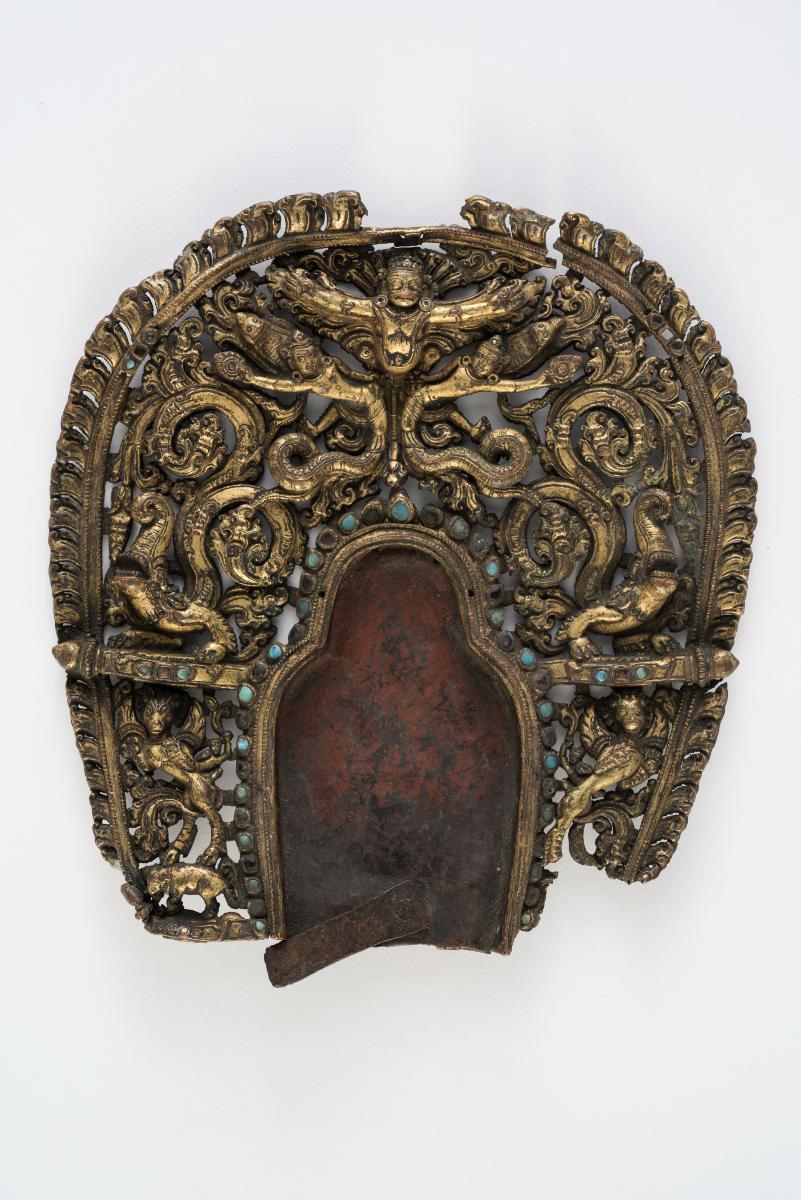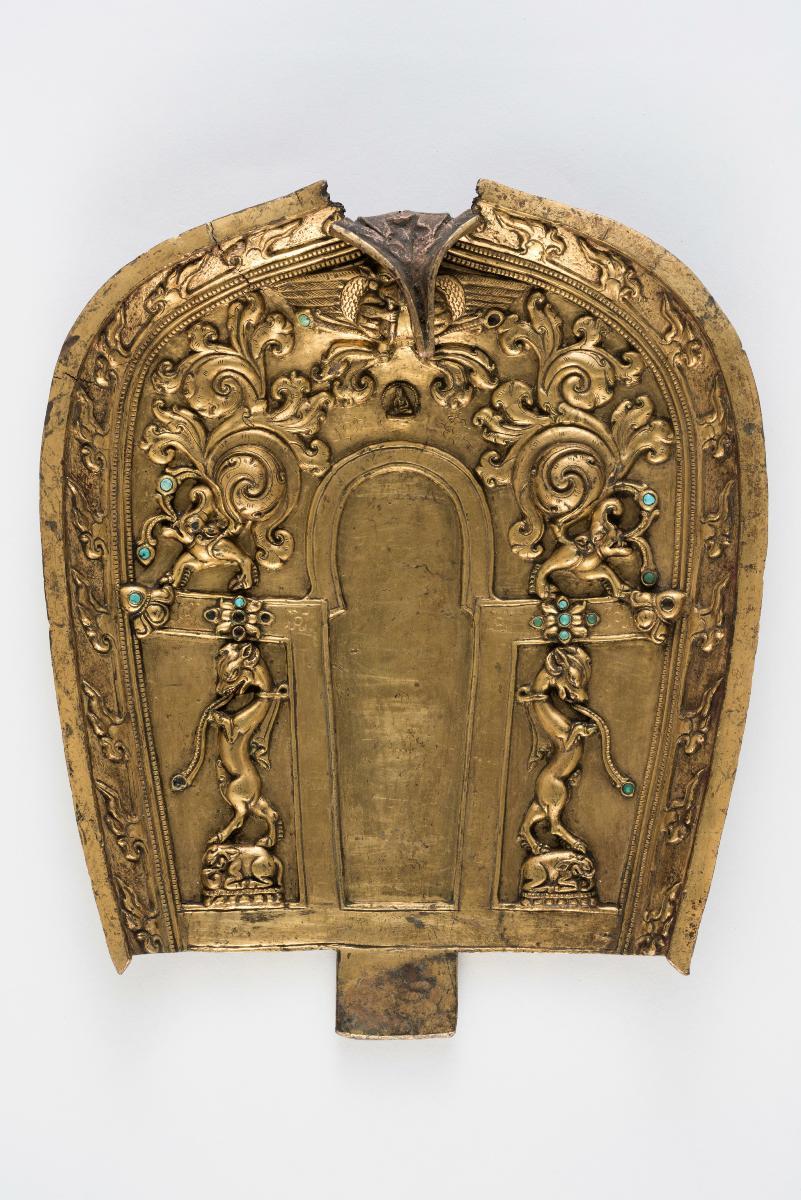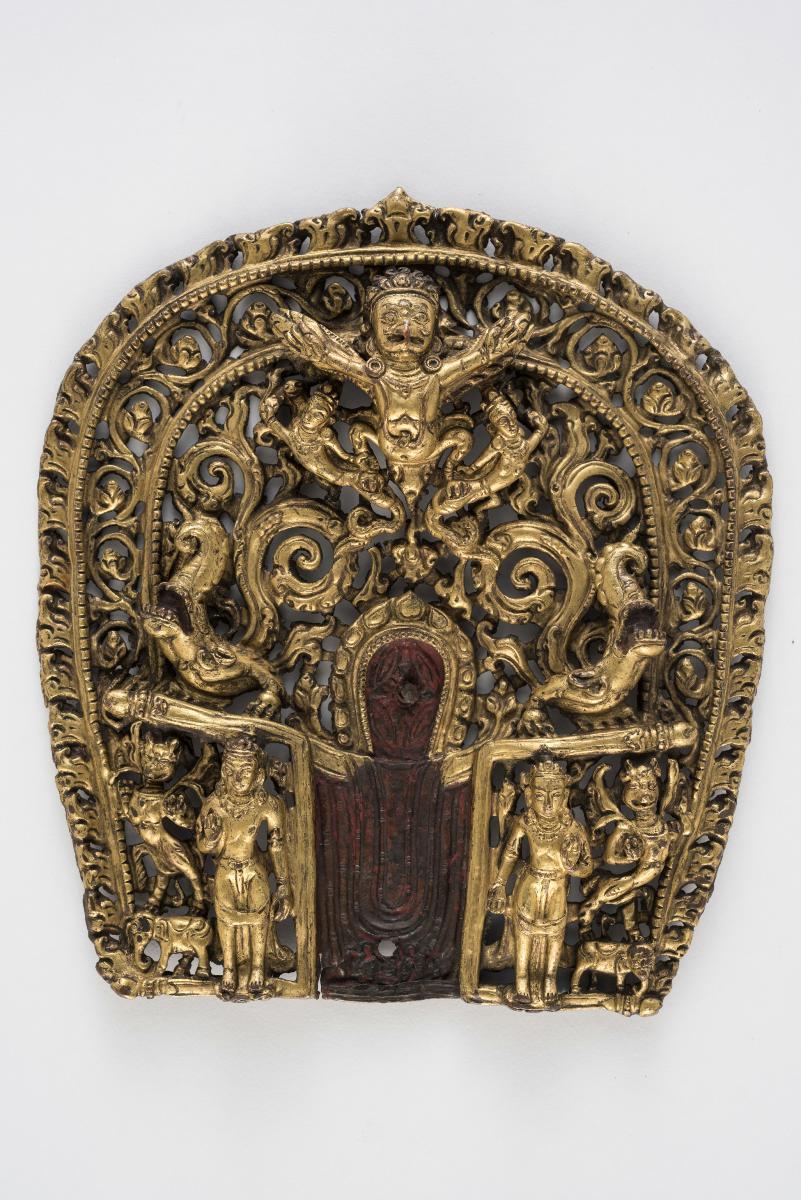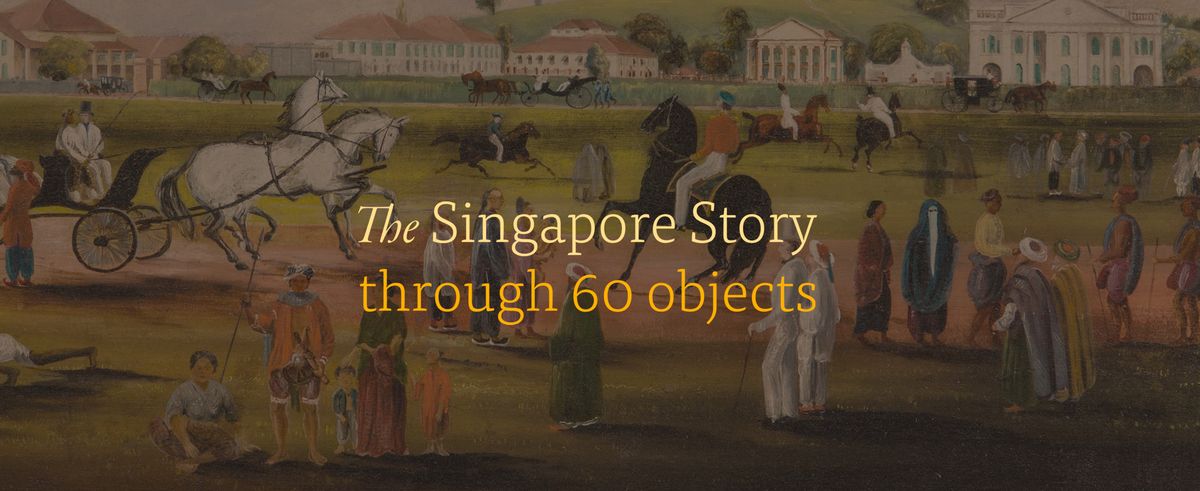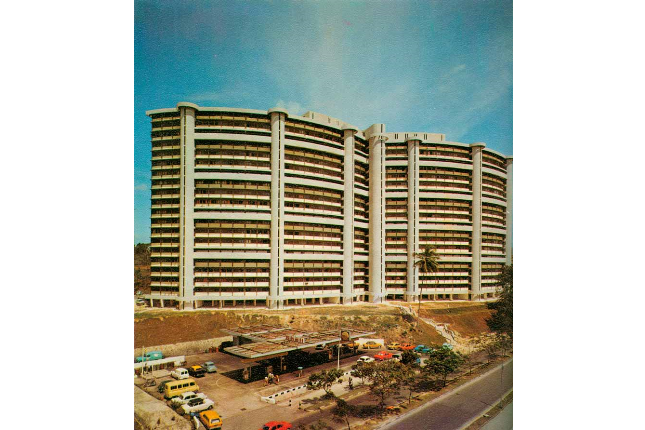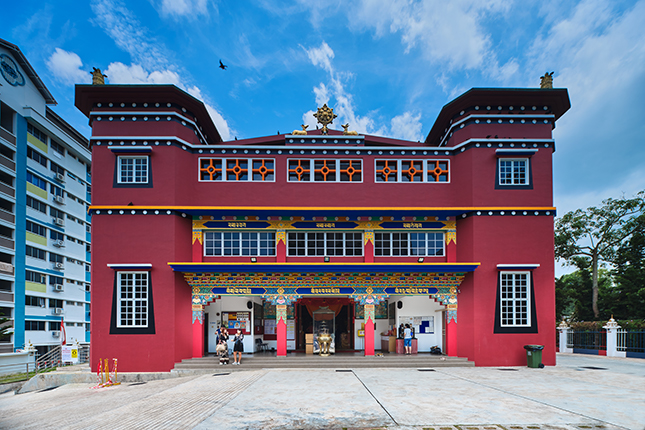This 'mandorla' also known as 'prabhamandala' would normally be positioned on the back of the Buddhist deity forming not a simple rounded halo but an aura-like form. The wealth of imagery on them also has religious significance as they allow for visualisation and meditation. Garuda, usually associated with the Hindu deity, Vishnu, is present here with the naga, the serpent, his natural enemy.The mandorla shows the influence of the metal work conventions of the Pala style of Eastern India. From 8th century onwards, the Pala style spread with Buddhism to the Himalayan regions of Tibet and Nepal. The metalwork techniques of alloying, casting and polishing in these regions that were already well known, developed even more with the combined influences of Indian and Nepal traditions.Prabhamandalas are Buddhist emblems and are commonly depicted in Buddhist art in Eastern India, Nepal, and Tibet in South Asia. They are also prevalent in parts of Southeast Asia such as Cambodia, Thailand and Indonesia.




